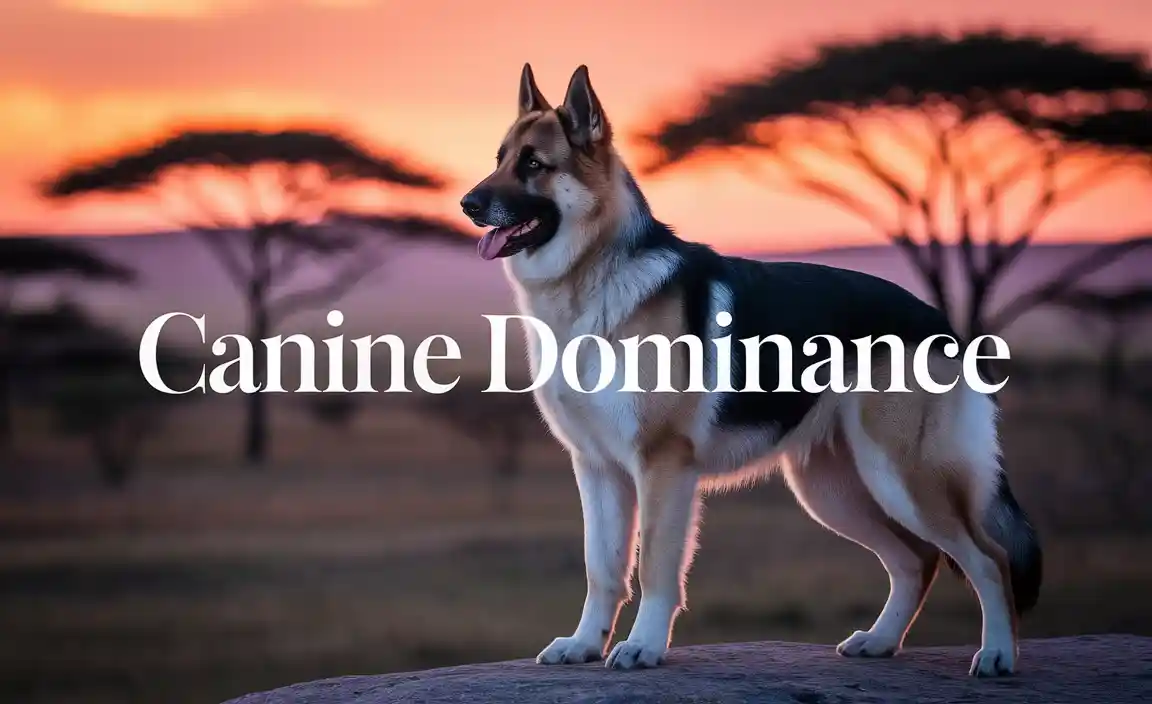Navigating the world of dog food can feel like a labyrinth, especially when your furry companion has specific dietary needs. Finding cheap low-fat large breed dog food isn’t just about affordability; it’s about ensuring your beloved giant gets the right nutrition without breaking the bank. Large breeds, prone to certain health issues like joint problems and obesity, often benefit from a carefully balanced diet that manages fat content. But the “large breed” and “low-fat” descriptors can sometimes lead to a significant price hike, leaving pet parents searching for budget-friendly yet effective options.
The challenge lies in balancing cost with quality. Premium brands often boast specialized formulations for large breeds and weight management, but their price tags can be prohibitive for many. Fortunately, a growing number of manufacturers are recognizing the need for accessible, high-quality nutrition. This means that with a little research and understanding of what to look for, you can indeed find a dog food that caters to your large breed’s needs without emptying your wallet.
Understanding the Needs of Large Breeds and Low-Fat Diets
Large breeds, by their very nature, have different nutritional requirements than their smaller counterparts. Their growth rate is significantly faster, and they are at a higher risk for orthopedic issues like hip and elbow dysplasia. A diet that promotes controlled growth during puppyhood and maintains a healthy weight throughout adulthood is crucial. This is where low-fat dog food for large breeds becomes particularly relevant.
Excess weight puts tremendous strain on a large dog’s joints, exacerbating potential problems and reducing their quality of life. Low-fat formulas help manage calorie intake, aiding in weight control and maintenance. However, it’s important to distinguish between “low-fat” and “fat-free.” Dogs, especially active ones, still require essential fatty acids for healthy skin, coat, and overall bodily functions. The goal isn’t to eliminate fat entirely, but to provide a controlled amount that supports their health without contributing to excess weight gain.
When looking at ingredient lists, focus on moderate fat percentages. For a general guideline, many low-fat formulas fall in the range of 8-15% fat on a dry matter basis. Beyond fat content, protein is essential for muscle maintenance, and carbohydrates provide energy. Look for quality protein sources like chicken, lamb, or fish as the primary ingredients. Fiber is also important for digestive health and satiety, helping your dog feel fuller for longer, which can be beneficial for weight management.
Identifying Value: What Makes Dog Food “Cheap”?
The term “cheap” in the context of pet food can be misleading. True affordability should be understood as finding the best value for your money, not necessarily the lowest price per pound. Several factors contribute to the perceived cost of dog food:
Ingredient Quality: Foods with minimal fillers and high-quality animal protein tend to be more expensive.
Brand Reputation and Marketing: Established brands often invest heavily in marketing, which can inflate prices.
Specialized Formulations: “Veterinary diets” or specially formulated foods for specific health conditions will naturally cost more.
Packaging and Size: Larger bags often offer a lower cost per serving, making them a more economical choice for large breed owners.
When searching for cheap low-fat large breed dog food, explore options from reputable mid-range brands. These brands often strike a good balance between quality ingredients and accessible pricing. Don’t shy away from store-brand options from well-known retailers, as many are manufactured by reputable pet food companies and undergo rigorous quality control.
Practical Tips for Finding Affordable, Healthy Options
Finding affordable, healthy food for your large breed doesn’t have to be an uphill battle. Here are some practical strategies:
Buying in Bulk for Cost Savings
One of the most effective ways to reduce the cost of any dog food, including low-fat dog food for large breeds, is to purchase it in larger quantities. Most brands offer bigger bags, which almost invariably work out to be cheaper per pound or per kilogram. This makes sense as the packaging and handling costs are spread over a greater volume. Ensure you have adequate dry and cool storage space to keep larger bags fresh. Buying larger bags is particularly beneficial for large breed owners who go through food quickly.
Comparing Nutritional Content and Price
Before making a purchase, get into the habit of comparing the nutritional information on the labels. Focus on the guaranteed analysis, paying close attention to the fat percentage, protein, fiber, and ash content. Then, compare this information against the price of different brands. Sometimes, a slightly more expensive brand per pound might offer better nutritional value, meaning you might feed slightly less, thus making it more cost-effective over time. Use a simple spreadsheet on your phone or a notepad to track prices and nutritional data for brands you’re considering.
Reading Reviews and Seeking Veterinarian Advice
Online reviews from other large breed owners can be an invaluable resource. Look for feedback specifically mentioning success with weight management or suitability for large breeds. Keep in mind that every dog is an individual, and what works for one might not work for another. Crucially, consult your veterinarian. They can recommend specific brands or types of low-fat dog food that are appropriate for your dog’s age, activity level, and any specific health concerns. Your vet can also guide you on how to transition your dog to a new food safely.
Exploring Different Protein Sources
While chicken and beef are common, explore brands that utilize alternative protein sources like lamb, turkey, or fish. Sometimes, these can be more cost-effective while still providing excellent nutrition. For dogs with sensitivities, these alternatives can also be a great option. Don’t be afraid to try a few different options to see what your dog enjoys and what agrees with their digestion.
Transitioning to a New Diet
Once you’ve found a suitable and affordable low-fat dog food for large breeds, remember to transition your dog gradually. Mix small amounts of the new food with their old food, slowly increasing the proportion of the new food over a week to ten days. This helps prevent digestive upset. Monitor your dog for any adverse reactions, such as digestive issues, skin changes, or lack of energy.
Choosing the right food for your large breed is a vital aspect of responsible pet ownership. While the term “cheap” might be a primary consideration, always prioritize nutritional value and suitability for your dog’s specific needs. By understanding the requirements of large breeds, the factors influencing dog food costs, and employing smart shopping strategies, you can effectively provide your beloved companion with a healthy, balanced, and affordable diet.
Meet Elyse Colburn, the devoted canine companion and storyteller behind the enchanting world of “Tales, Tails, and Adventures Unleashed.” A passionate dog enthusiast with a heart full of paw prints, Elyse Colburn shares heartwarming tales and insightful adventures, celebrating the joy, loyalty, and endless antics that make every dog a true hero. Join Elyse Colburn on this tail-wagging journey, where every post is a love letter to our four-legged friends.







